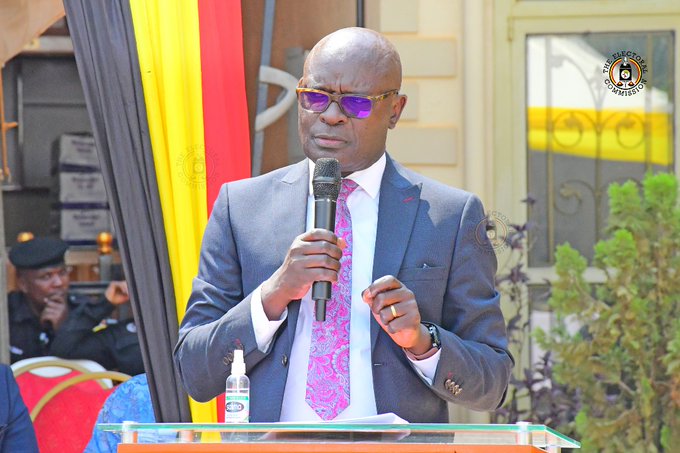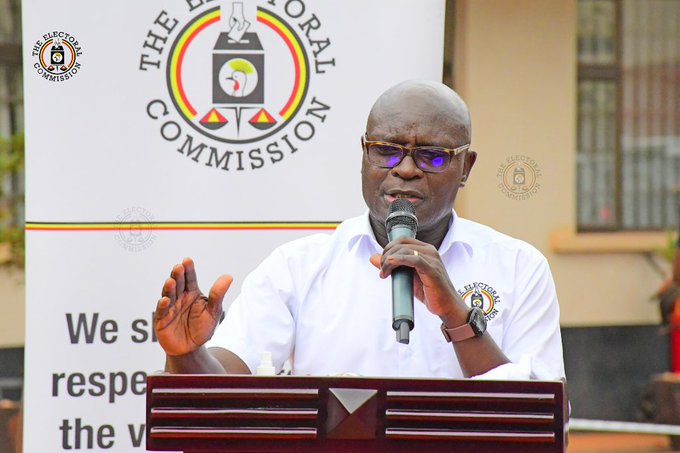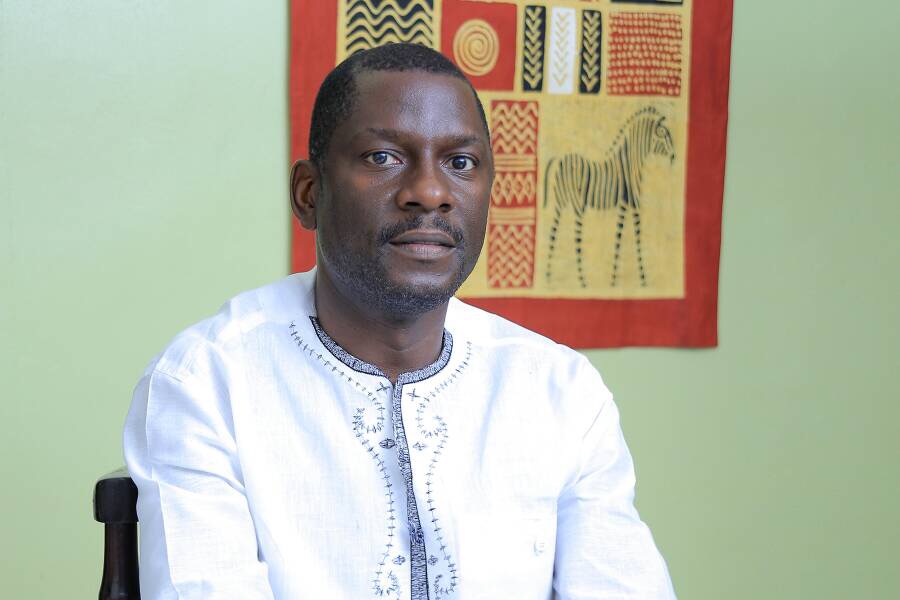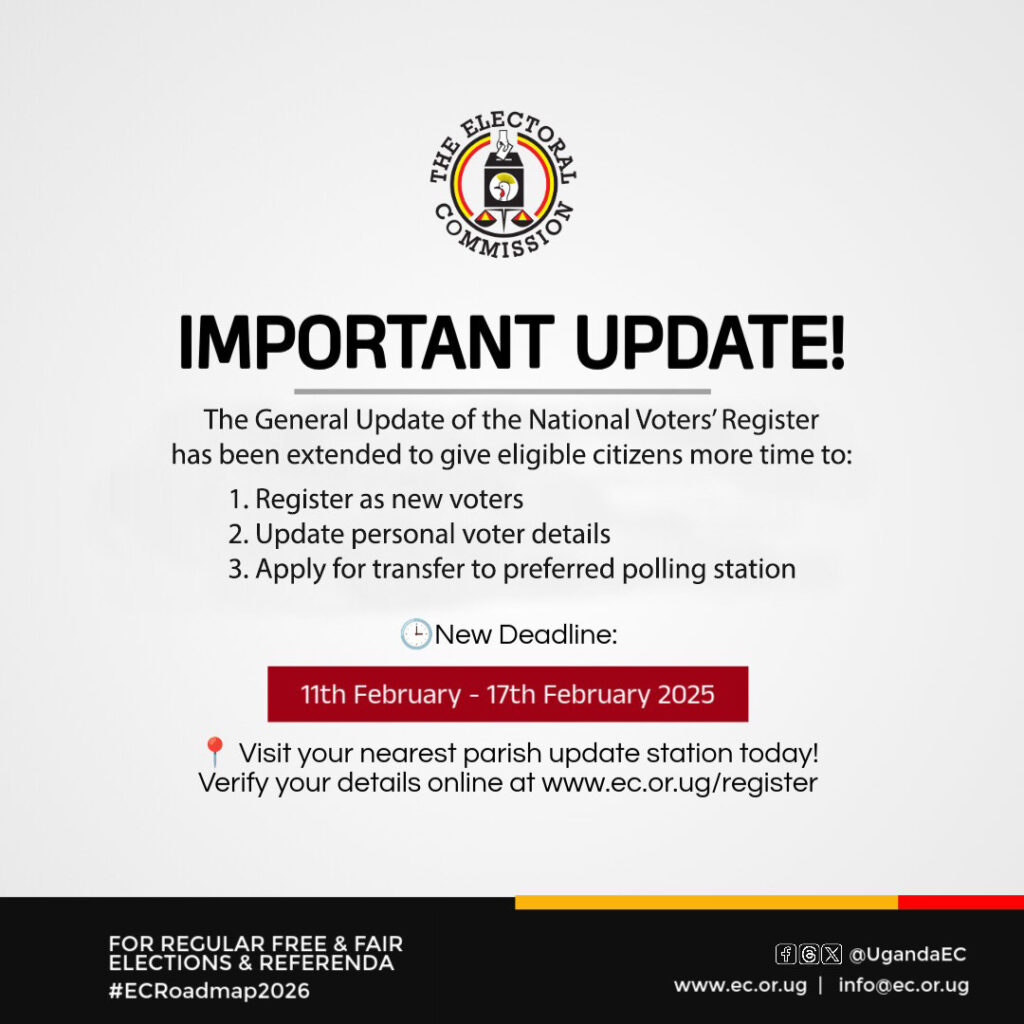Kampala, Uganda – A new study on access to ICTs by people with disabilities (PWDs) in Uganda has revealed limited ownership and utilization of ICT devices.
The study, titled: Usage of Information and Communication Technologies (ICTS) By People With Disabilities (PWDs) in Uganda, was conducted by the Strategy and Research Division of the Uganda Communications Commission (UCC).
It adopted a cross-sectional descriptive design and sampled 2,757 individual PWDs and 165 Businesses and institutions supporting PWDs across all 12 regions of Uganda.
A cross-sectional descriptive design is a research approach that collects data from a population or sample at a specific point in time. It focuses on observing and measuring variables of interest without manipulating the research setting. This design aims to provide a snapshot or cross-section of the population, describing its characteristics or status at that moment.

Researchers employ surveys, questionnaires, interviews, or observations to gather data and seek information about demographics, attitudes, behaviors, or health conditions to obtain a comprehensive understanding of the population. The collected data is then analyzed to summarize and describe the observed characteristics and patterns within the population at that particular time.
Findings:
The study, which has been published on the UCC website, found that 70.1% of respondents owned radios, followed by 69.4% owning mobile phones. It further found that ownership of laptop computers was at 3.9% and desktop computers at 1%.
“The use of computers was low, with only 12% of respondents acknowledging their use, and 43% reported using a computer once a week. The majority (48%) of individual PWDs used computers at school or institutions of learning, compared to 36% at home and 37% at the workplace. Formal training accounted for 79.6% of respondents acquiring ICT skills,” reveals the study.

In terms of internet access, 86.3% of PWDs in school accessed the internet through desktops, primarily from ICT Labs, but usage was limited, with 74% having access for at most one hour per day.
The study further found that smartphone ownership among PWDs was at 17%, while 83% owned feature phones.
Worse still, only 15% of households indicated access to the Internet, with 22% in urban areas and 9% in rural areas.
When it comes to social media, usage among PWDs was low, with only 10% using platforms such as WhatsApp and Facebook.
Financial inclusion for PWDS remains a tall order
The study found that financial inclusion was also a challenge, with only 14% of PWDs having access to a bank account, while 86% accessed financial services through other mechanisms.
“Mobile money access was at 33%, lower than the national average of 55%. The distance to the nearest Mobile Money agent was reported as less than 0.5 kilometers for 33% of PWDs, and between 1-2 kilometers for 31% of PWDs.”

In terms of access to electronic media, the study highlighted low usage of communication services, with only 36% of PWDs watching TV regularly. The majority (51%) watched TV between 1 to 2 hours, with news being the most-watched program (35%), followed by entertainment (27%), educational programs (14%), sports (13%), and health programs (10%).
“However, approximately 60% of PWDs felt that the current TV setup was discriminatory towards them,” the study reveals.
The UCC study found a serious lack of awareness and utilization of low-cost assistive technologies among PWDs.
For example, 76% of PWDs were unaware of devices like manual Perkins Braillers, magnifiers, hand frames/slates, and communication boards. Even among the aware users, the usage of these assistive technologies was found to be very low.
Perkins Braillers are specialized mechanical devices used for producing braille, a tactile writing system used by individuals with visual impairments. Developed by David Abraham in the 1950s, the Perkins Brailler remains one of the most widely used braille writing machines worldwide.
It features a keyboard with six keys, each representing one of the six dots in the braille cell. By pressing different combinations of these keys, users can create braille characters on paper. The machine has a built-in slate and stylus mechanism that allows users to emboss braille dots onto paper, enabling them to read and write in braille.
What the study recommends:
Despite the clear digital divide disfavoring PWDs, the study makes some policy recommendations that when adopted, could ameliorate their predicament.
First, the study calls on the Ministry of ICT and National Guidance (MOICT&NG), the mother ministry for UCC, to develop national policies promoting inclusive use of ICTs and assistive technologies, as well as fast-track the implementation of Web Accessibility Guidelines (WAG) in the country.
Secondly, the study tasks UCC to partner with civil society organizations and agencies supporting PWDs, to conduct sensitization programs on inclusive ICTs for PWDs. This includes community sensitizations, participation of PWDs in Consumer Parliaments, and reviewing the consumer code of practice to cater to the interests of PWDs.
Thirdly, the study recommends that sensitization materials should also be provided in Braille.
Fourthly, UCC is also tasked to support innovation in the development of technologies that promote access to ICTs for PWDs, provide ICT infrastructure at schools and community access points, and facilitate the provision of low-tech assistive technologies like hearing aids.
The study suggests supporting the training of sign language interpreters in partnership with Kyambogo University and encouraging service providers to offer differentiated service plans and dedicated assistive technologies for PWDs.
“Efforts should be made to enforce the provision of sign language inset or subtitles in TV programs, as mandated by the Persons with Disabilities Act 2006. Additionally, promoting inclusivity in programming code for broadcasters and incentivizing programs supporting PWDs is recommended.”
The other agencies tasked include the Ministry of Education and Sports, (MoES) Equal Opportunities Commission (EOC), the National Identification Registration Authority (NIRA), and the Ministry of Finance, Planning, and Economic Development (MoFED).
PWDs in Uganda
According to the Uganda Bureau of Statistics, it is estimated that approximately 12% of the Ugandan population has some form of disability.
The literacy rate among PWDs in Uganda is generally lower compared to the general population. In 2014, the literacy rate for PWDs aged 10 years and above was around 50%, compared to approximately 76% for the general population.
PWDs often face challenges in accessing employment opportunities in Uganda. According to the Uganda National Household Survey 2016/2017, the unemployment rate among PWDs was approximately 39%, compared to around 11% for the general population.
Experience captivating research stories and profound insights at www.researchfingsug.com. Share your own findings through our Send Us a Story page. Join us in celebrating the power of language in the world of research.
About The Author
Arinaitwe Rugyendo
Rugyendo is the Founder and Editor-in-Chief of ResearchFinds News. He’s an accomplished journalist with a rich background in the media industry in Uganda. With over two decades of experience, Rugyendo has held various roles including cab reporter, Bureau Chief, Managing Editor, and Digital Media Editor at renowned publications such as Daily Monitor and Red Pepper. Throughout his career, he has demonstrated a commitment to delivering high-quality journalism and staying at the forefront of media trends. In addition to his journalistic pursuits, Rugyendo is currently pursuing a Ph.D. in Journalism and Communication at Makerere University. He has been recognized for his outstanding leadership and commitment to social change as a Desmond Tutu Fellow and Crans Montana New Leader. Rugyendo also serves as the Chairman of Young Engineers Uganda and Uganda Premier League, showcasing his dedication to promoting excellence and growth in various fields. With a passion for driving innovation and pushing boundaries in media, Rugyendo continues to make significant contributions to the industry. His vast experience, academic pursuits, and leadership roles make him a respected figure in the Ugandan media landscape.














